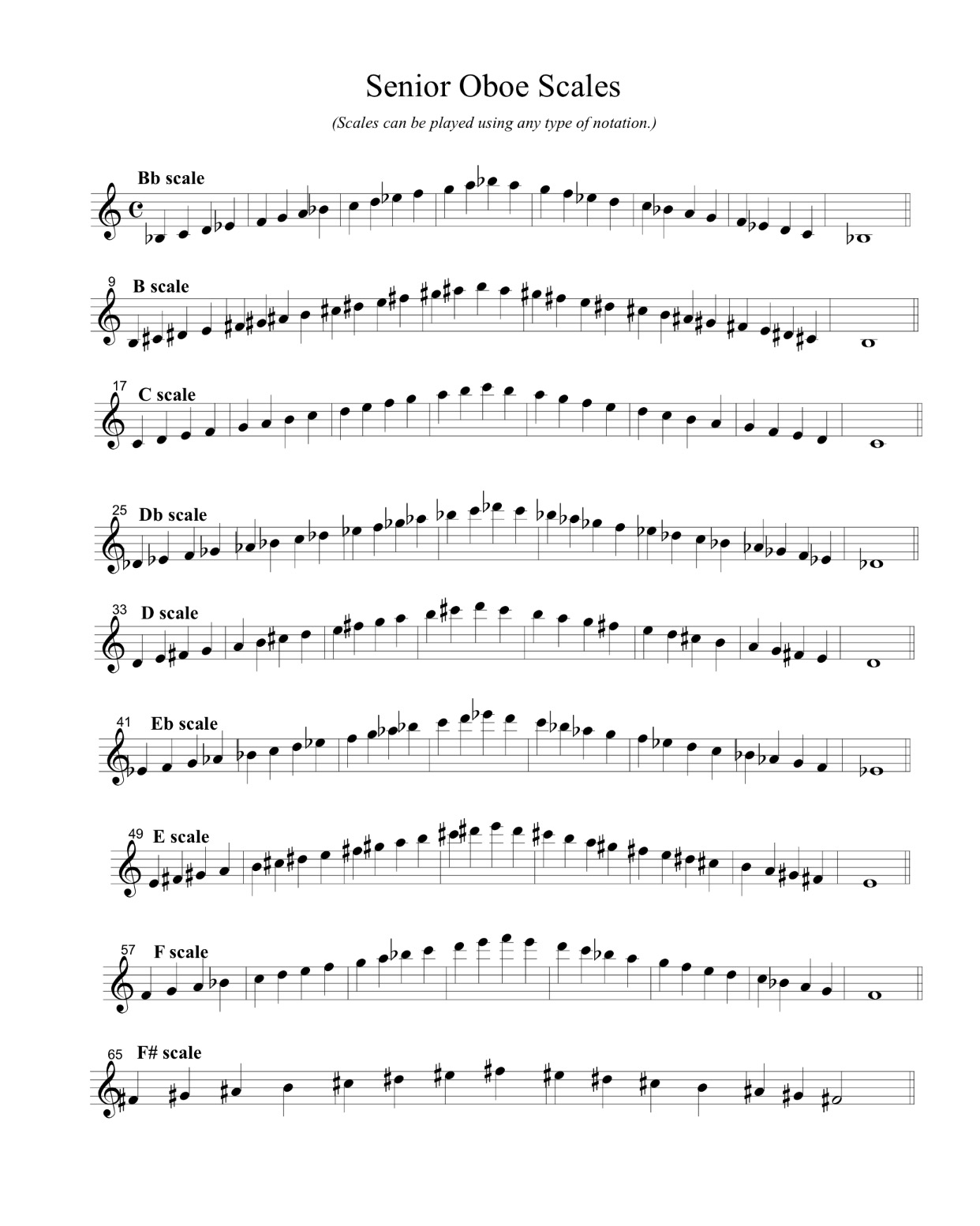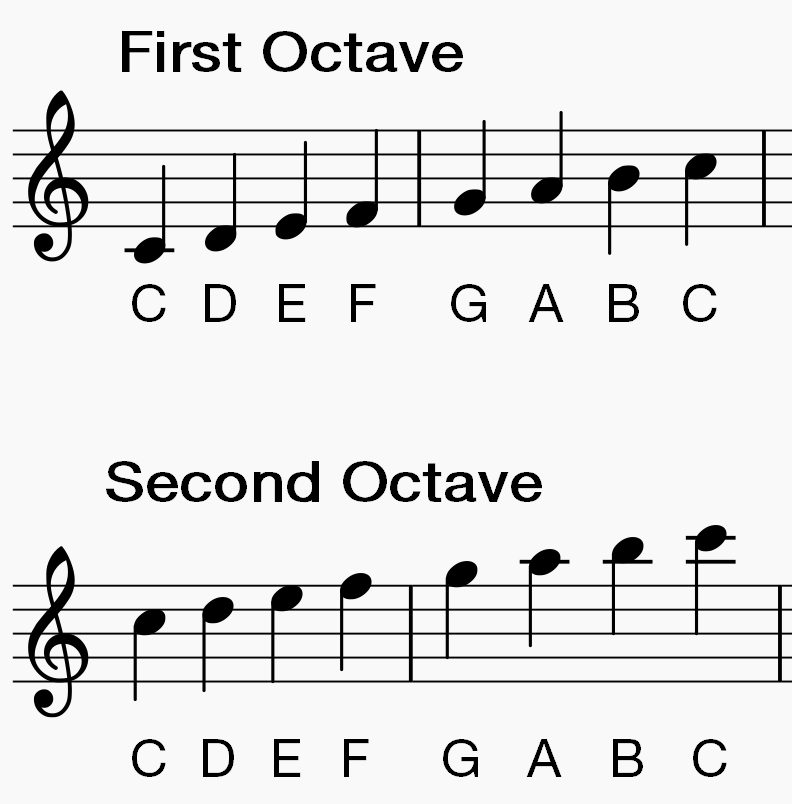

The same notes are played in the same order in each scale - they sound identical. This scale sounds the same as the C# major scale, which is also a commonly used scale. This major scale key is on the Circle of 5ths - Db major on circle of 5ths, which means that it is a commonly used major scale key. It also shows the scale degree chart for all 8 notes. Two-octave major scales can be found here:Īrpeggios (or arpeggi, which is the correct plural of the Italian term arpeggio) are like scales, but only made up of the first, third and fifth notes of a scale.This step shows the ascending D-flat major scale on the piano, treble clef and bass clef. To play a major scale, start on the note it is named for, then go up and down the scale respecting the right key signature (look below for reference).Īs you practice, you will eventually learn all the key signatures by heart. The simplest major scale to write or play is C major, since it's the only major scale that requires no sharps or flats. So there's a total of five whole steps (you can count them).īy the way, these notes that fall in between the notes of a scale without belonging to it are called chromatic notes. On the other hand, if you take F and G, there's F# in between: they are separated by a “whole step”. You'll immediately notice that there are no notes between E and F: that's what we meant by “half step”. The highlighted notes form the C major scale. Just be content to know that all western music is based on this twelve-note system). (explaining what this is and where it comes from is far beyond our scopes. Here you can see all the notes in the modern twelve-tone equal temperament The sequence is the same for all major scales: two whole steps, one half step, three whole steps, one half step (W, W, H, W, W, W, H).įor example, consider the C major scale: C

The major scale is one of the diatonic scales, meaning that it is made up of five whole steps and two half steps. These notes are assigned different names: Is made up of seven distinct notes, plus an eighth which duplicates the first one an octave higher. In music theory, a major scale (also known as ionian scale)


 0 kommentar(er)
0 kommentar(er)
